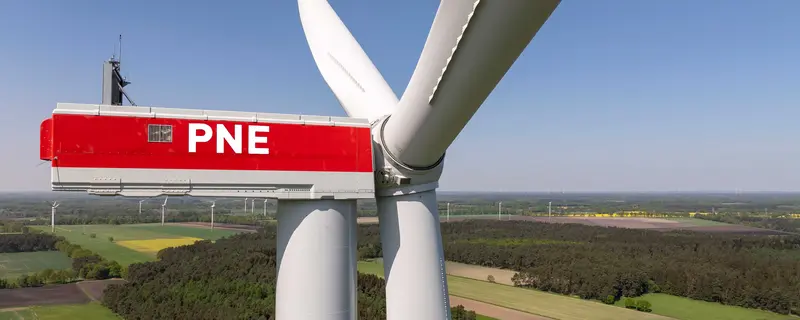“This is very good news,” comments Stefan Thimm on the EEG surcharge published today for 2022. This will drop to 2022 cents per kilowatt hour (ct / kWh) in 3,723. The federal government had already announced in advance that it would limit the surcharge to 2022 ct./kWh in 6 through subsidies from the federal budget. Due to the currently very high electricity prices on the exchange, this is not necessary at all. The EEG account shows a surplus at the end of September 2021, which is fully offset against the EEG surcharge 2022.
“With contracts for differences for future offshore wind projects, we could even ensure that additional returns are made to the EEG account when electricity prices are high,” says Thimm. How is that supposed to work?
“When tendering new offshore wind projects, the successful bidder sets a price at which he will sell the electricity from the offshore wind farm if the bid is accepted. If the electricity price on the exchange is temporarily lower, the system operator receives the difference, as in the current EEG market premium model. What is new, however, is that the system operator must transfer the additional proceeds to the EEG account if the market value is above its bid price. “Any surpluses due to high electricity prices on the exchange would therefore benefit the EEG account and thus also the electricity customers,” explains Thimm.
With the EEG surcharge, the transmission system operators today also announced the amount of the offshore grid surcharge. “The offshore grid levy will increase slightly from January 2022 from 0,395 ct / kWh to 0,419 ct / kWh, but the main reason for this is the catch-up effect from previous years, ”said Thimm.
Similar to the EEG surcharge, the offshore grid surcharge is added to the electricity price and thus paid by the end consumer. The offshore grid levy serves, among other things, to cover costs for the offshore grid expansion and the distribution of compensation payments to the offshore wind farm operator if a connection line is not completed in time for the commissioning of a new offshore wind farm or if there is a longer network disruption. More on this here.
Source: BWO














